William Kneass, designer (after John Reich); refined by Christian Gobrecht Obverse: Head of Liberty facing left, her hair bound in a fillet on which LIBERTY is inscribed, her hair curled and falling to the base of her neck; around, thirteen stars; below, 1836. Reverse: Heraldic eagle, head facing left, with shield emblazoned on its chest holding olive branch and three arrows in its talons; around, UNITED STATES OF AMERICA; below, 5 D. Condition: NGC Proof 67★ Ultra Cameo (Certificate number: 1963262-002 – Photo Proof 10-05; previous Photo Proof 10-07 [number 2019387-009] "This delightful proof is the only one certified by NGC, confirming its important status." Deeply mirrored, almost 'black' limpid fields highlight the richly frosted designs. Struck from incredibly dense, dark gold, with dies so fresh that a few raised die polish lines are still visible (these are part of the manufacturing process and not defects). Star nine slightly flat, which is a feature shared by all the known examples. A spectacular coin without peer. References: This Coin Published: Garrett & Guth (Encyclopedia) p. 286. Other references: Breen (Encyclopedia) 6510; Breen (Proofs) p. 65 (this example unknown); Akers (1979) pp. 86-87. (PCGS 45300) Condition Census: The finest known. NGC has graded no other examples as perfectly preserved as this piece; the other Proof 67 graded by NGC (probably the Pittman example) lacks both the Ultra Cameo and star designations; PCGS has graded nothing even remotely as fine (Proof 63 cameo, the finest). (07-13) Rarity: Of the highest rarity. Breen (in both Proofs and Encyclopedia) knew of only two examples, that in the National Coin Collection in the Smithsonian, and the example he identified as 'NY Specialist' (John J. Pittman). Akers (1979) concurred, but when he sold the Pittman Collection (1997), he cited the existence of a third example and, more recently (2000) a fourth (not nearly as fine as the other three) was discovered. The list of known examples includes the National Coin Collection (Smithsonian) example; John J. Pittman (Part 1 [October 1997], lot 938); Brian Hendelson, 1996 (this coin), as part of a complete proof set; Harry Bass Collection (Part 4 [November 2000], lot 344). Only three auction appearances of this exceptionally rare issue have been recorded since the Farouk sale in 1954. As with the proof quarter eagle of 1836 in the present sale (lot 1002), for a number of years NGC had not deleted the original certification number for this coin when it was re-holdered in 2007. This gave the false impression that there was another coin as perfectly preserved as the Tacasyl coin. NGC has corrected this error, confirming the unique finest-known status of this amazing coin. Provenance: The Rarities Sale, Bowers and Merena Galleries, July 31, 2000, lot 580 (part); prior to August 2000, the complete 8-piece set was sold to a private collector for a reported $1,000,000 (according to PCGS Coin Facts website); Brian Hendelson, 1996; Anonymous Philadelphia family (as part of a complete 1836 proof set, owned since the date of issue). Note: The design development of the Classic Head half eagle is essentially the same as the quarter eagle (described above in lot 1002). As has been explained in some detail by Breen (Encyclopedia), the passage of the Mint Act of June 28, 1834 (which reduced the weight and purity of all gold coins) required the production of a substantial number of new dies which would clearly differentiate the new issues from the 'old tenor' coinage. The re-use of John Reich's Empire head (which Breen, peculiarly, saw as androgynous), and the elimination of the motto, E PLURIBUS UNUM, were the two distinctly new design elements. Producing the large number of dies was a chore as so many different design elements had to be imparted by hand and over the short life of the design numerous small adjustments were made, first by Kneass and then, following his stroke in August 1835, by Christian Gobrecht who cre
William Kneass, designer (after John Reich); refined by Christian Gobrecht Obverse: Head of Liberty facing left, her hair bound in a fillet on which LIBERTY is inscribed, her hair curled and falling to the base of her neck; around, thirteen stars; below, 1836. Reverse: Heraldic eagle, head facing left, with shield emblazoned on its chest holding olive branch and three arrows in its talons; around, UNITED STATES OF AMERICA; below, 5 D. Condition: NGC Proof 67★ Ultra Cameo (Certificate number: 1963262-002 – Photo Proof 10-05; previous Photo Proof 10-07 [number 2019387-009] "This delightful proof is the only one certified by NGC, confirming its important status." Deeply mirrored, almost 'black' limpid fields highlight the richly frosted designs. Struck from incredibly dense, dark gold, with dies so fresh that a few raised die polish lines are still visible (these are part of the manufacturing process and not defects). Star nine slightly flat, which is a feature shared by all the known examples. A spectacular coin without peer. References: This Coin Published: Garrett & Guth (Encyclopedia) p. 286. Other references: Breen (Encyclopedia) 6510; Breen (Proofs) p. 65 (this example unknown); Akers (1979) pp. 86-87. (PCGS 45300) Condition Census: The finest known. NGC has graded no other examples as perfectly preserved as this piece; the other Proof 67 graded by NGC (probably the Pittman example) lacks both the Ultra Cameo and star designations; PCGS has graded nothing even remotely as fine (Proof 63 cameo, the finest). (07-13) Rarity: Of the highest rarity. Breen (in both Proofs and Encyclopedia) knew of only two examples, that in the National Coin Collection in the Smithsonian, and the example he identified as 'NY Specialist' (John J. Pittman). Akers (1979) concurred, but when he sold the Pittman Collection (1997), he cited the existence of a third example and, more recently (2000) a fourth (not nearly as fine as the other three) was discovered. The list of known examples includes the National Coin Collection (Smithsonian) example; John J. Pittman (Part 1 [October 1997], lot 938); Brian Hendelson, 1996 (this coin), as part of a complete proof set; Harry Bass Collection (Part 4 [November 2000], lot 344). Only three auction appearances of this exceptionally rare issue have been recorded since the Farouk sale in 1954. As with the proof quarter eagle of 1836 in the present sale (lot 1002), for a number of years NGC had not deleted the original certification number for this coin when it was re-holdered in 2007. This gave the false impression that there was another coin as perfectly preserved as the Tacasyl coin. NGC has corrected this error, confirming the unique finest-known status of this amazing coin. Provenance: The Rarities Sale, Bowers and Merena Galleries, July 31, 2000, lot 580 (part); prior to August 2000, the complete 8-piece set was sold to a private collector for a reported $1,000,000 (according to PCGS Coin Facts website); Brian Hendelson, 1996; Anonymous Philadelphia family (as part of a complete 1836 proof set, owned since the date of issue). Note: The design development of the Classic Head half eagle is essentially the same as the quarter eagle (described above in lot 1002). As has been explained in some detail by Breen (Encyclopedia), the passage of the Mint Act of June 28, 1834 (which reduced the weight and purity of all gold coins) required the production of a substantial number of new dies which would clearly differentiate the new issues from the 'old tenor' coinage. The re-use of John Reich's Empire head (which Breen, peculiarly, saw as androgynous), and the elimination of the motto, E PLURIBUS UNUM, were the two distinctly new design elements. Producing the large number of dies was a chore as so many different design elements had to be imparted by hand and over the short life of the design numerous small adjustments were made, first by Kneass and then, following his stroke in August 1835, by Christian Gobrecht who cre
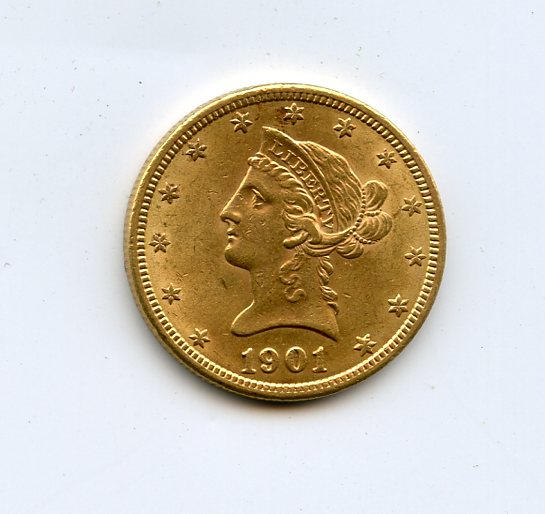
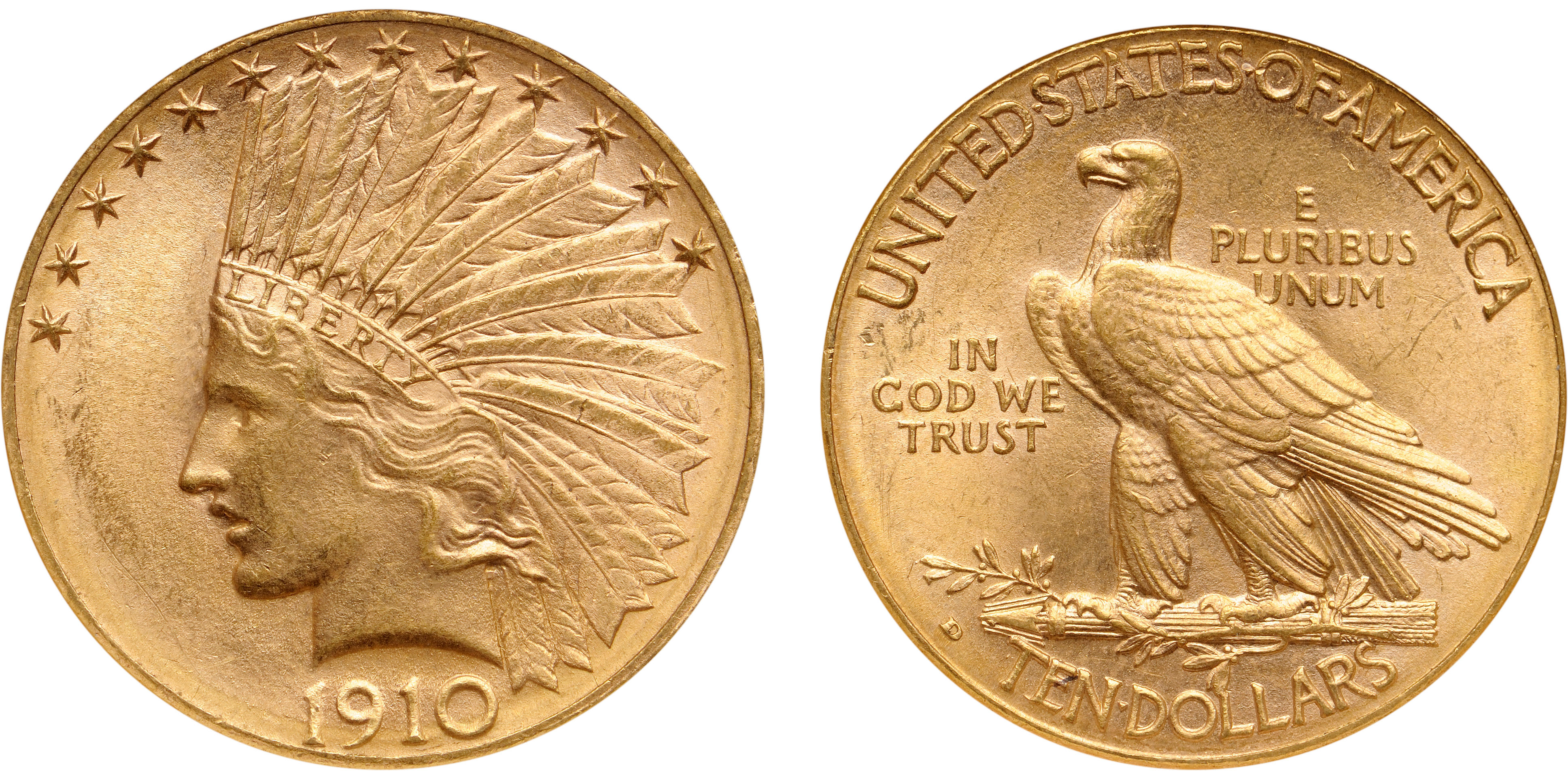
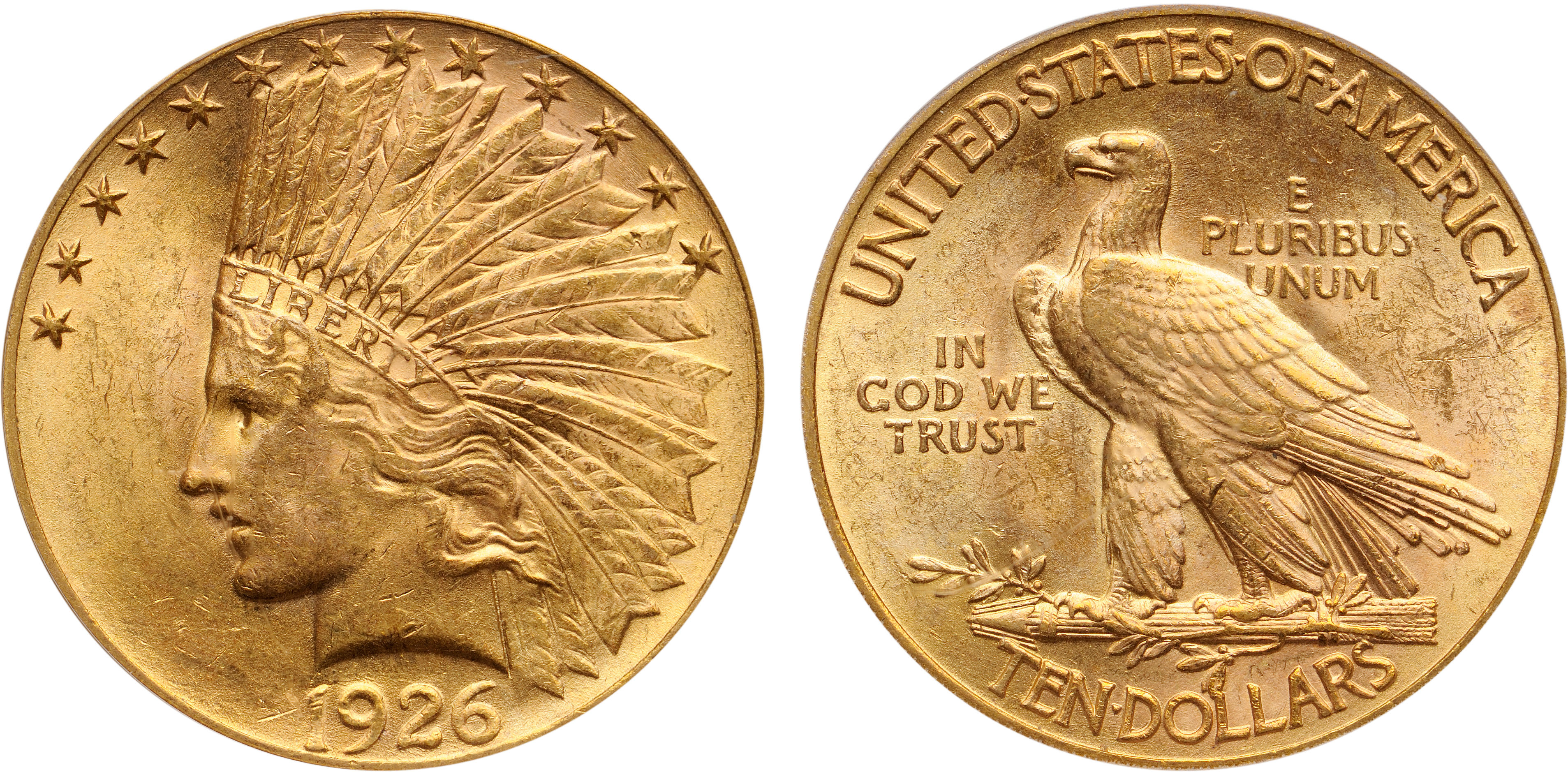
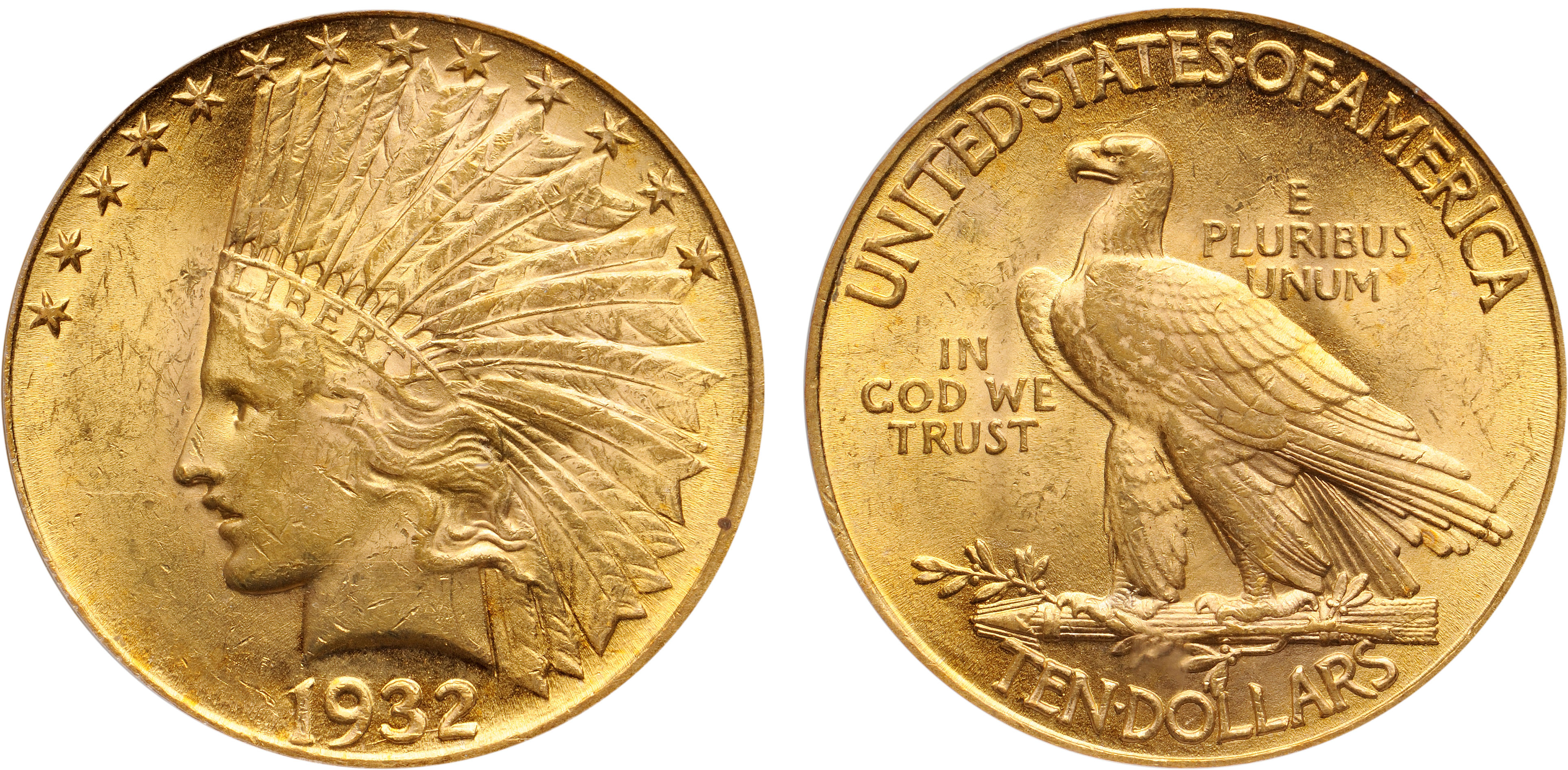
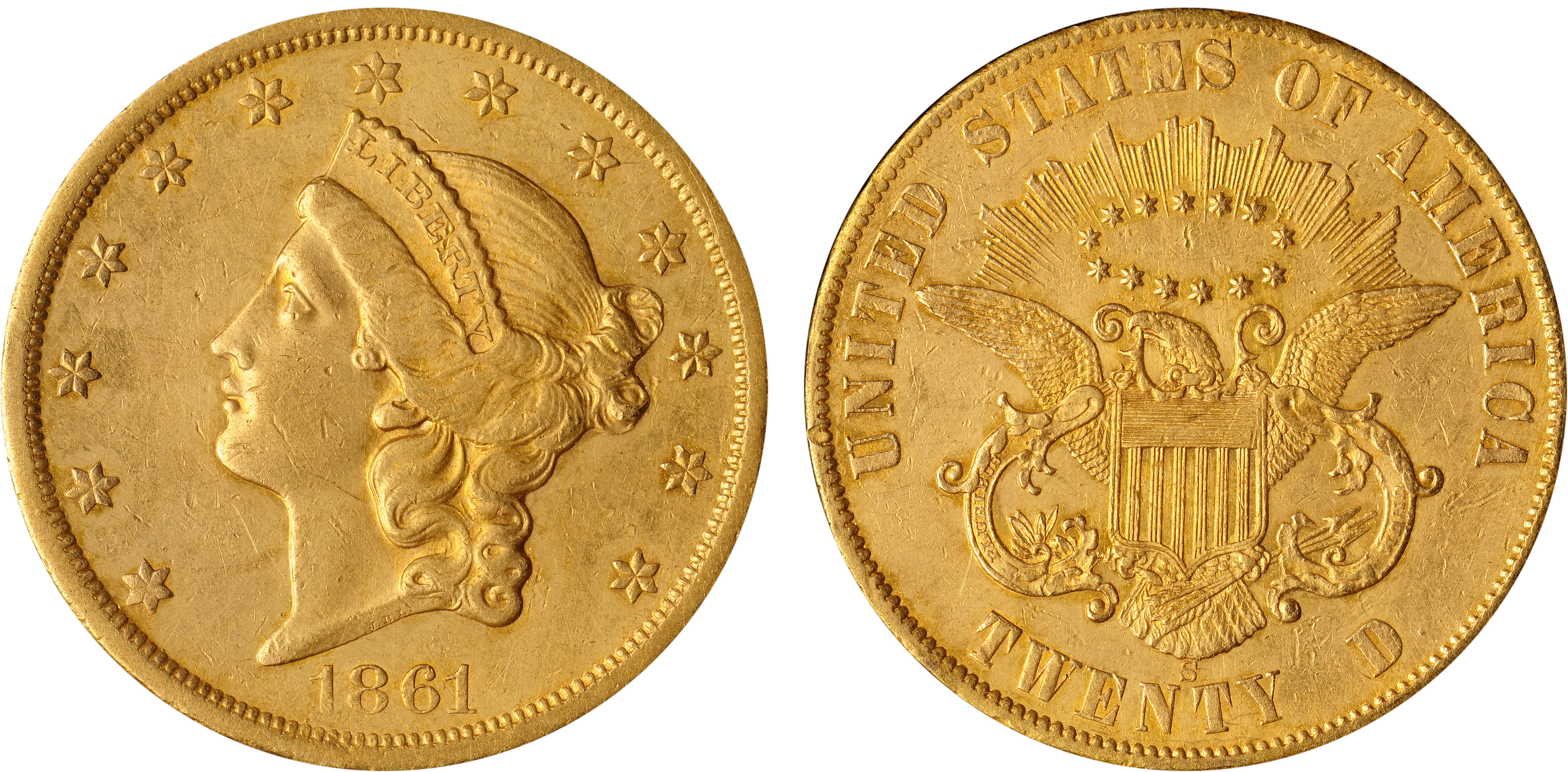
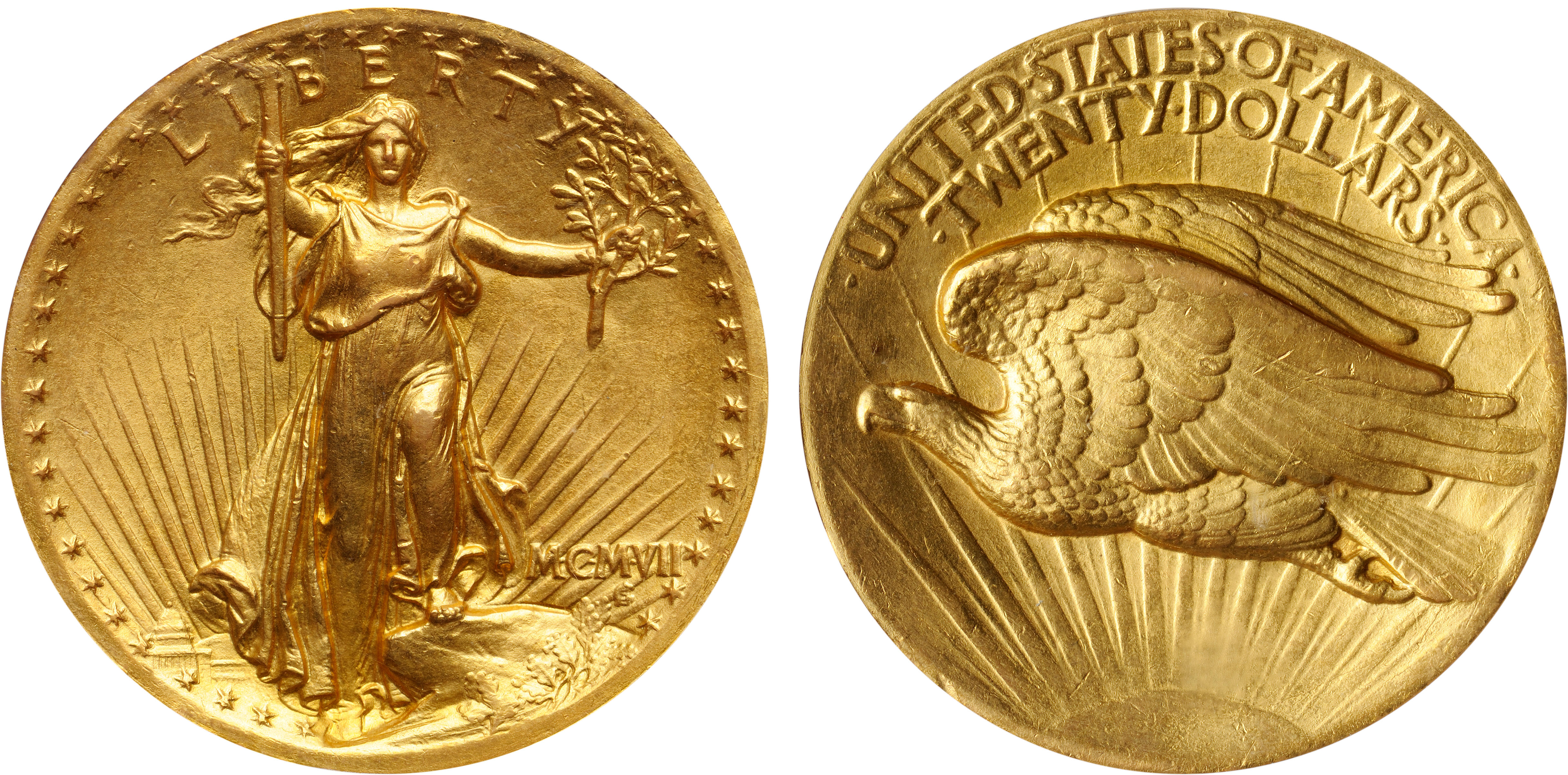
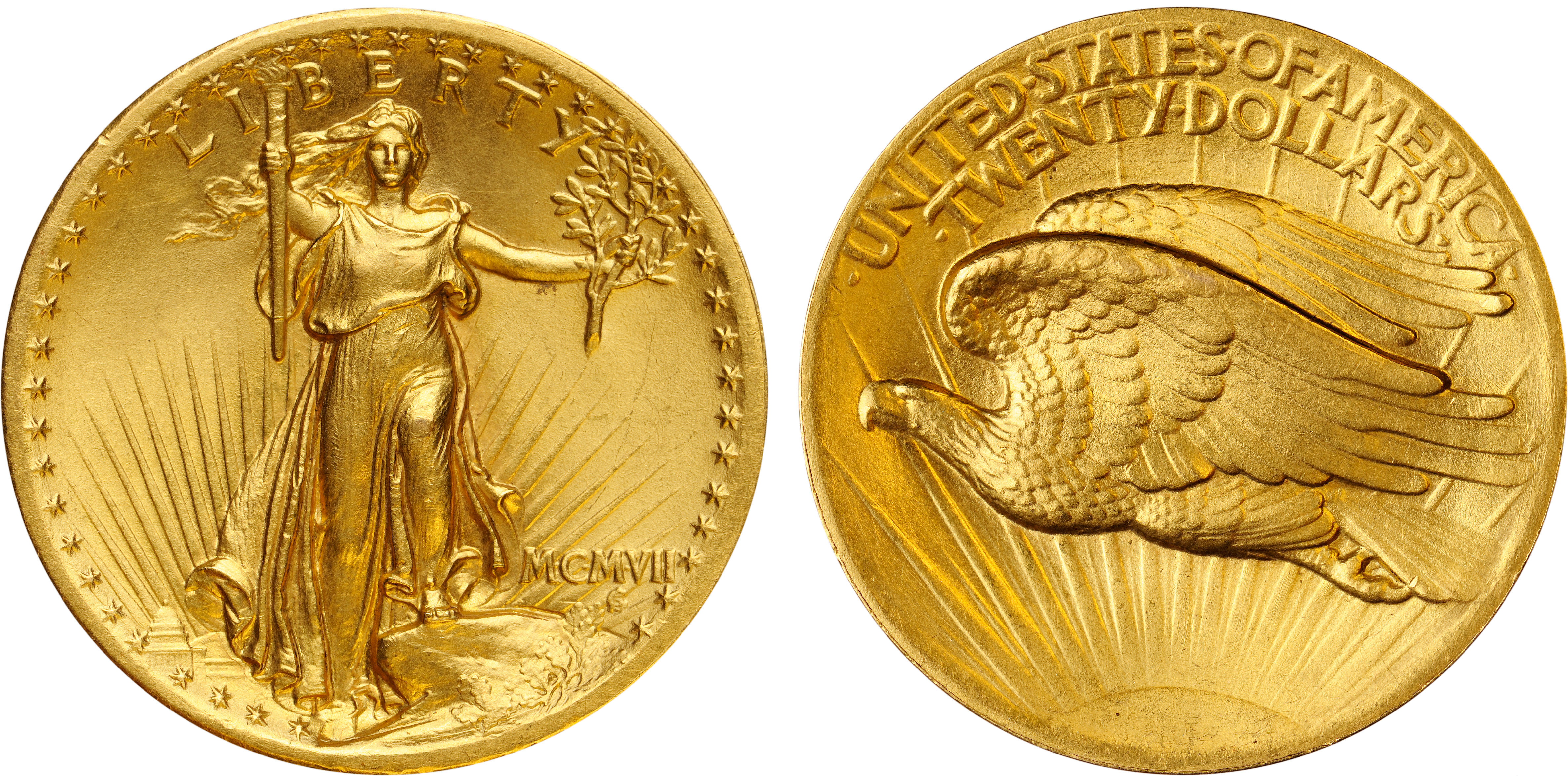
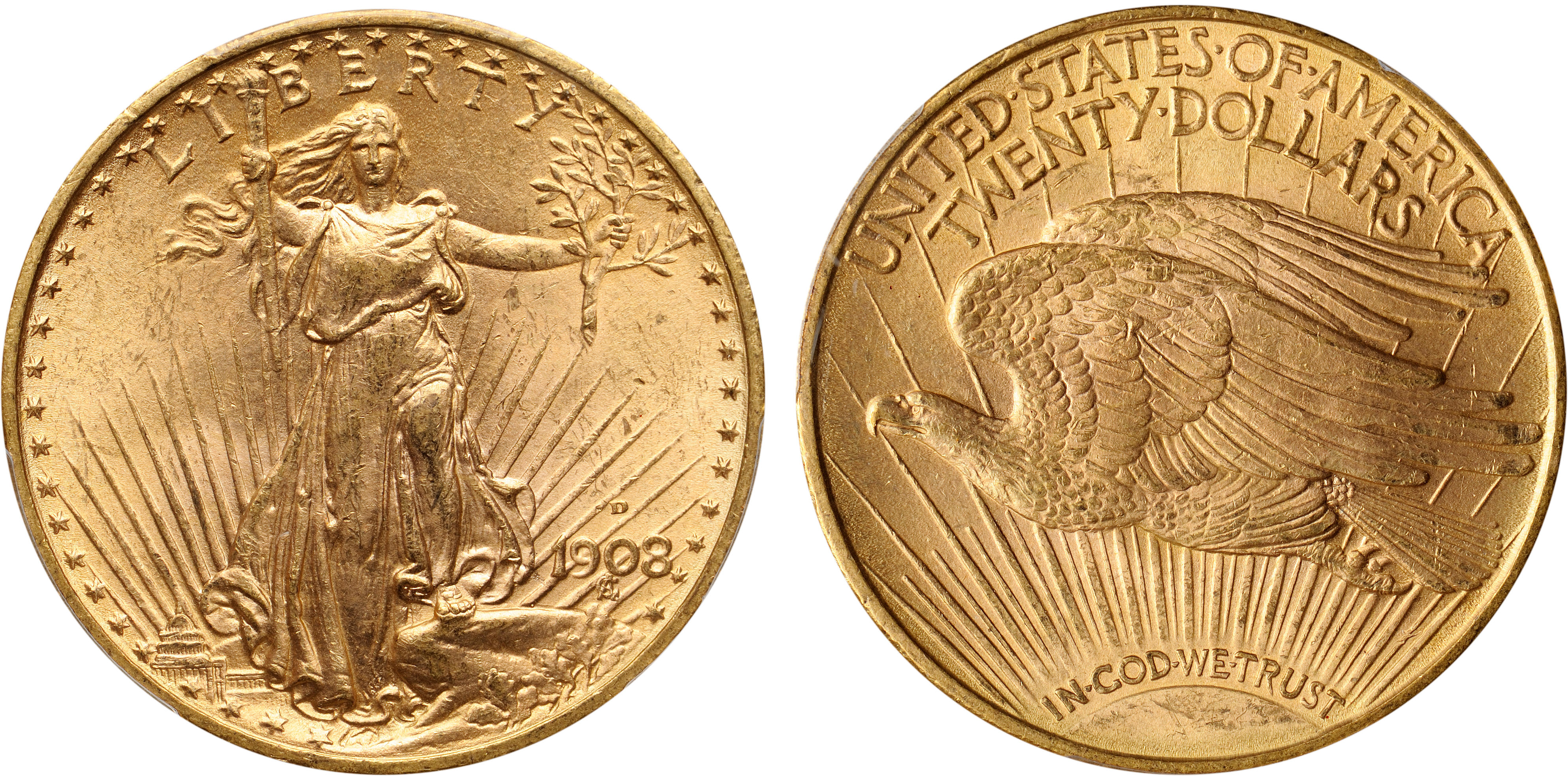
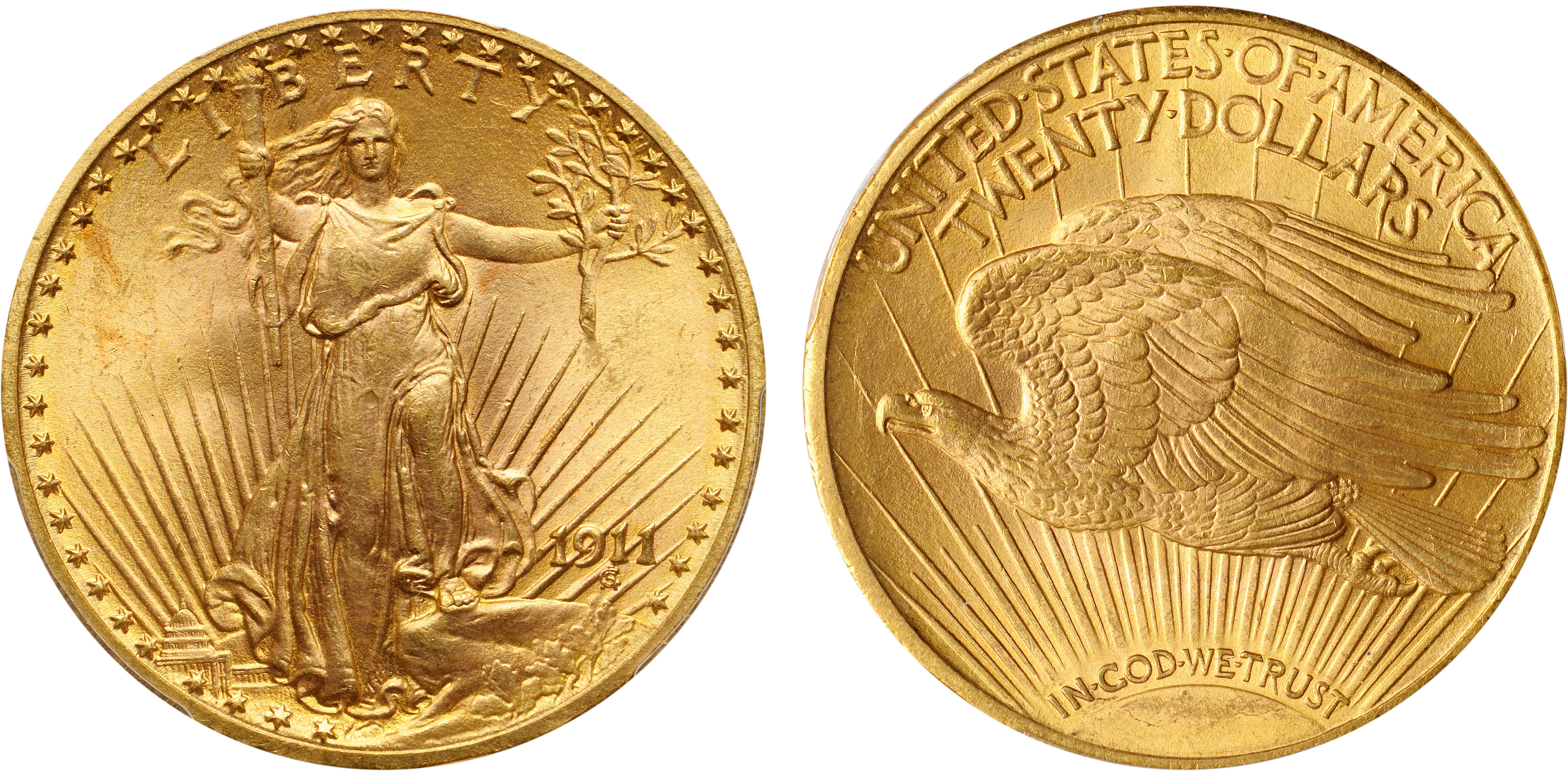
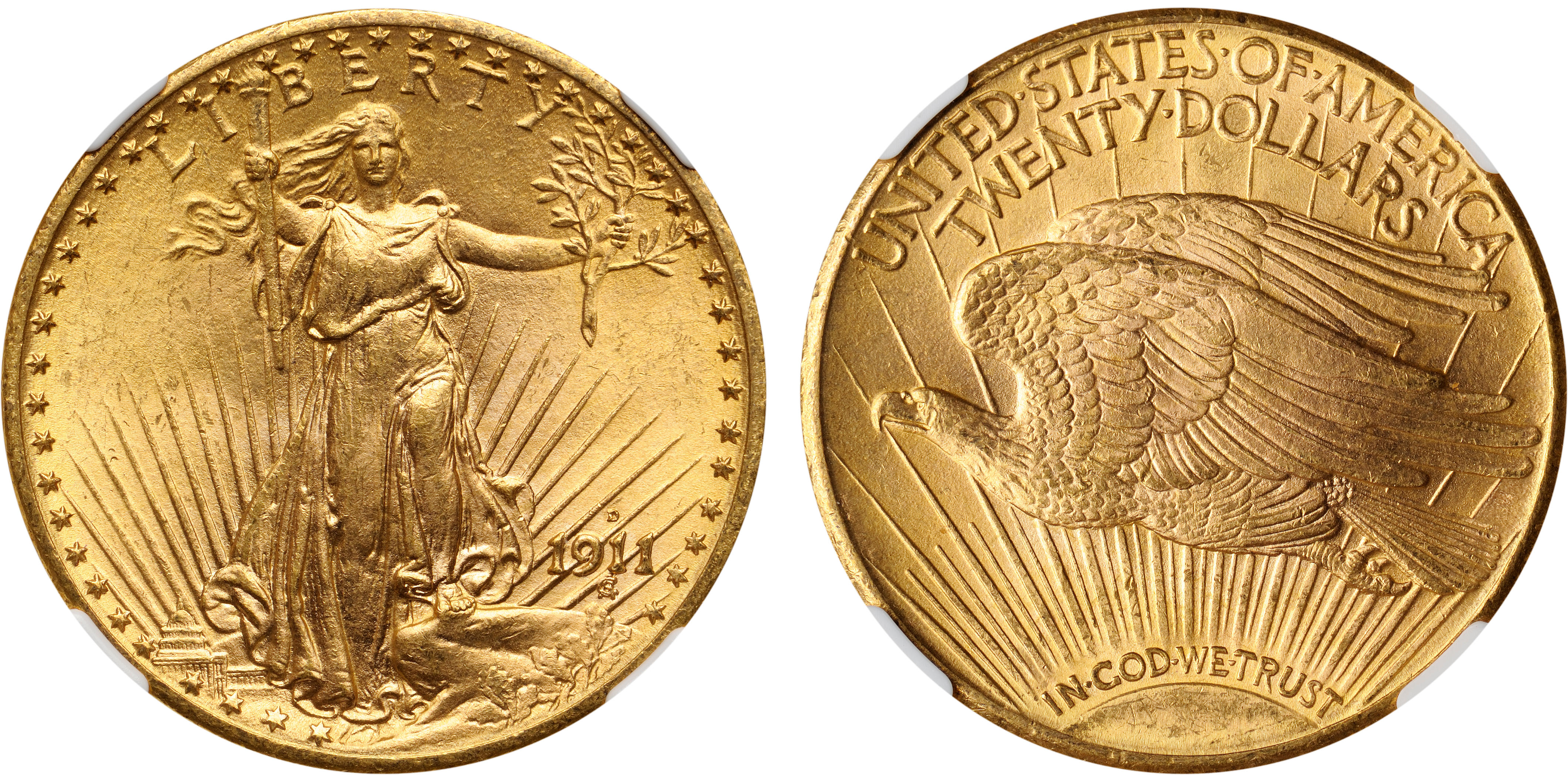

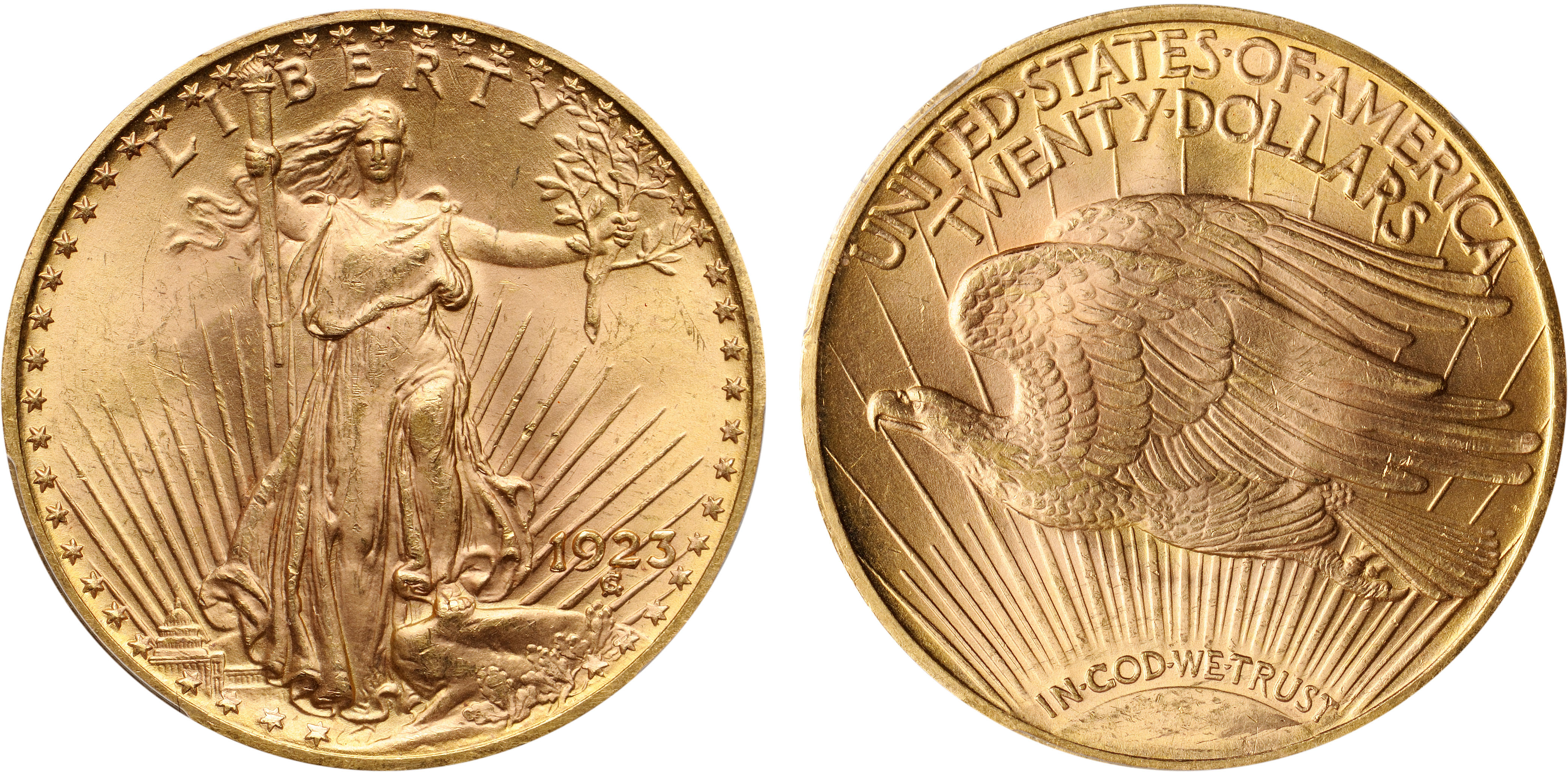
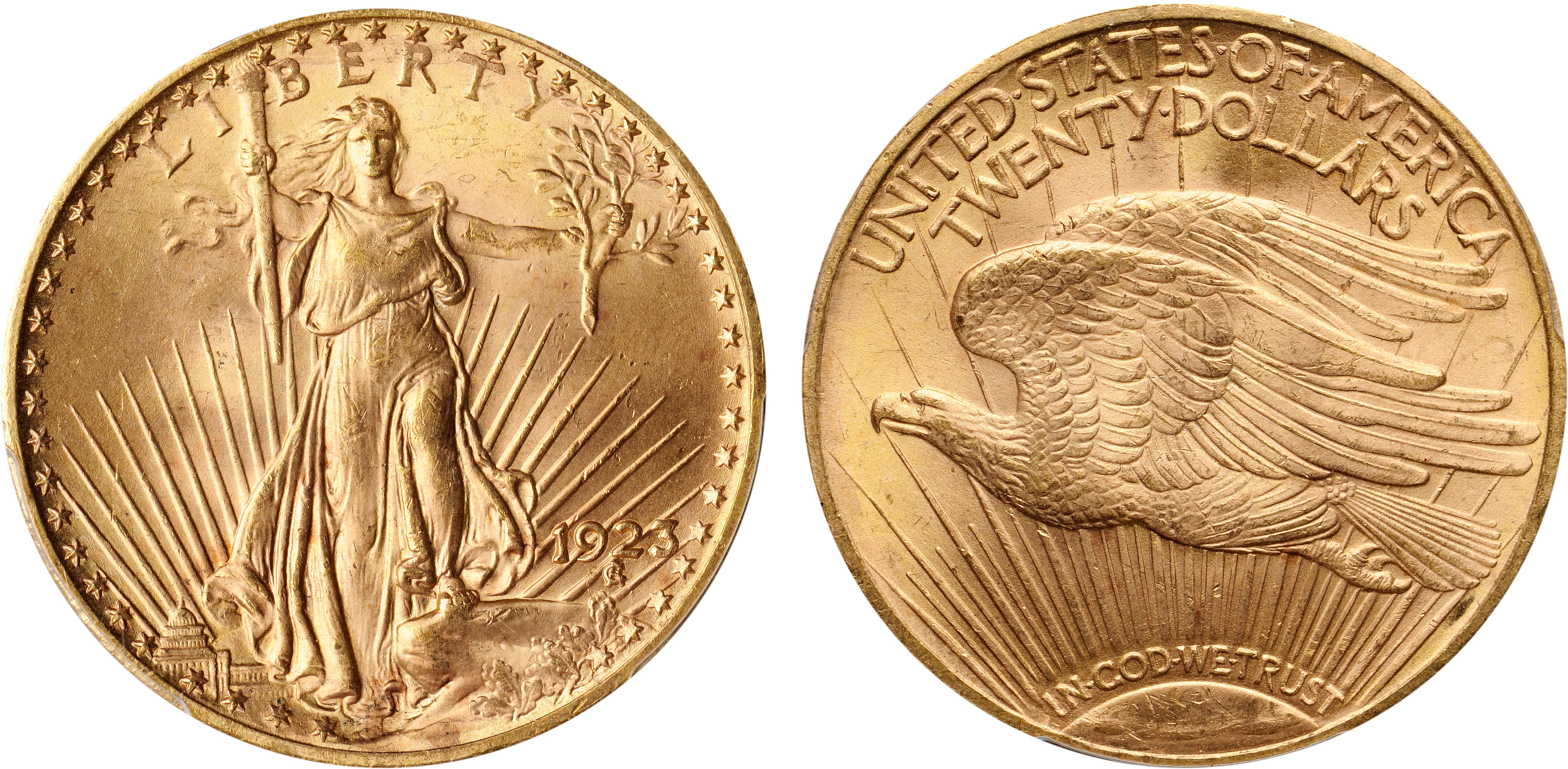
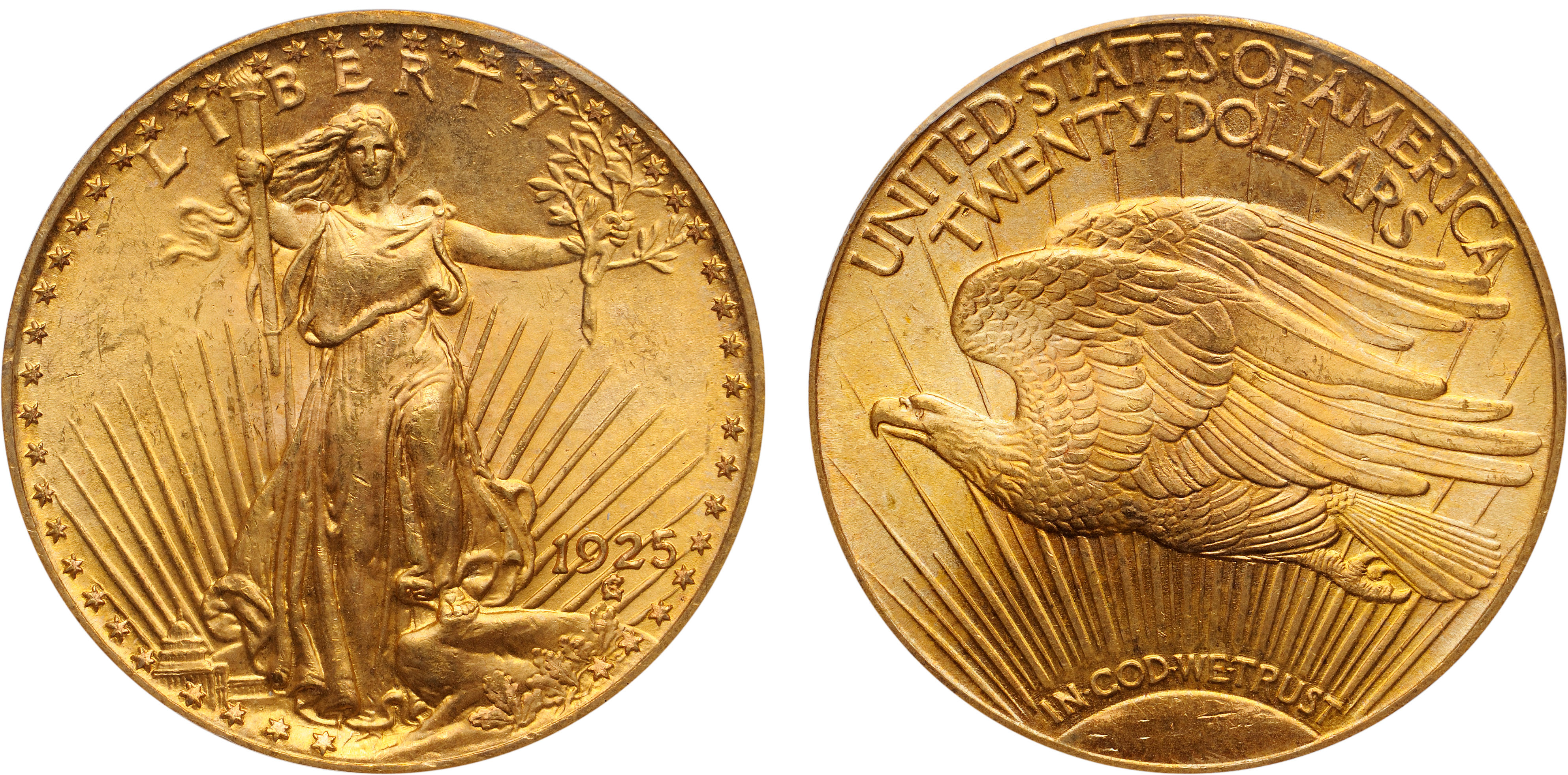
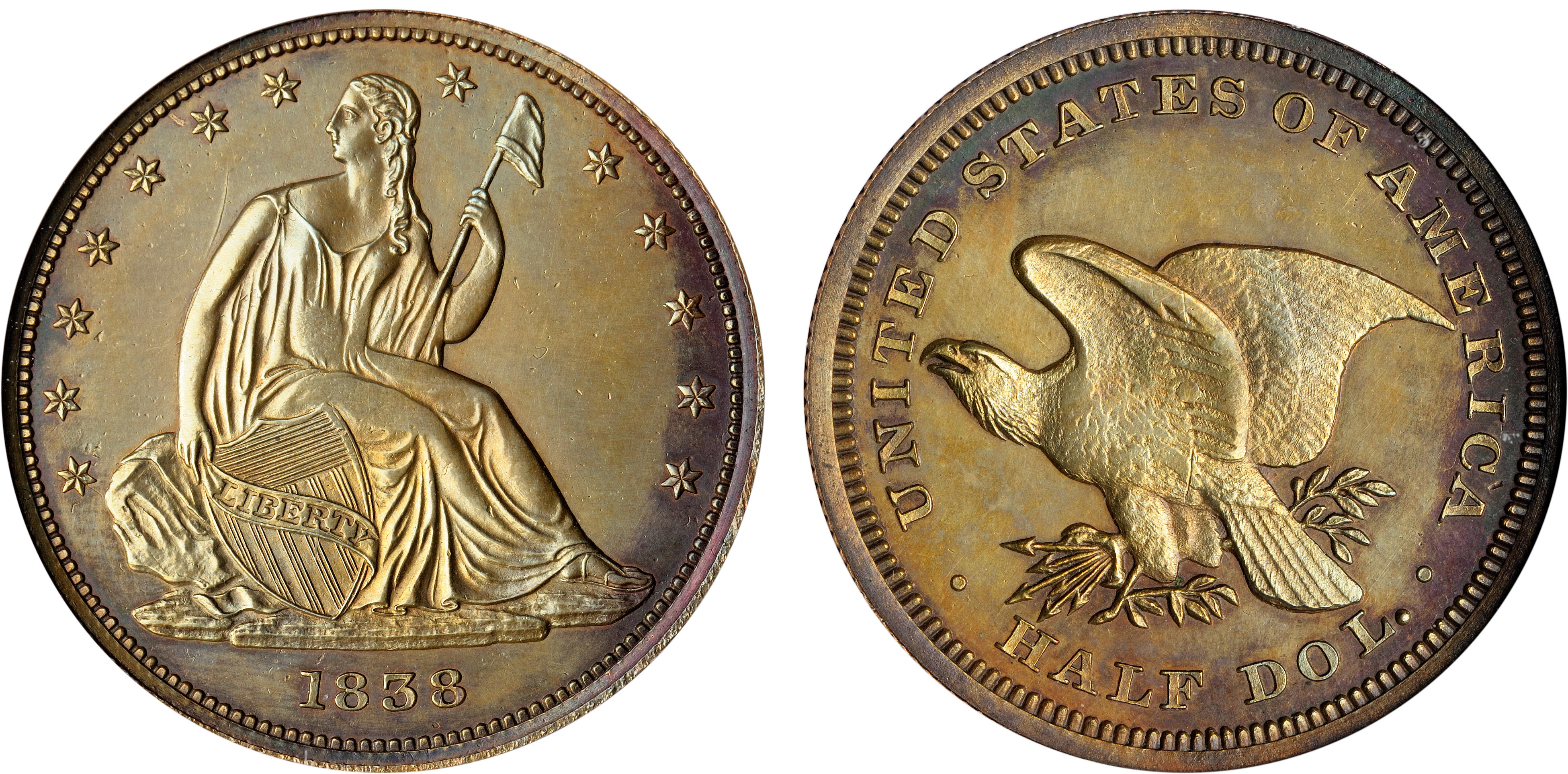
Testen Sie LotSearch und seine Premium-Features 7 Tage - ohne Kosten!
Lassen Sie sich automatisch über neue Objekte in kommenden Auktionen benachrichtigen.
Suchauftrag anlegen